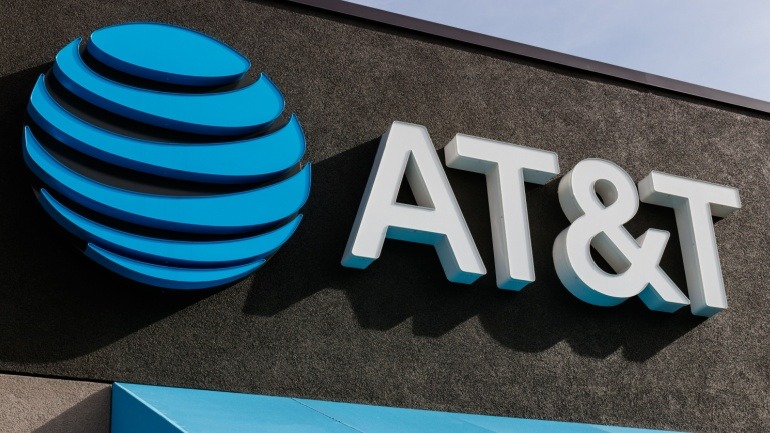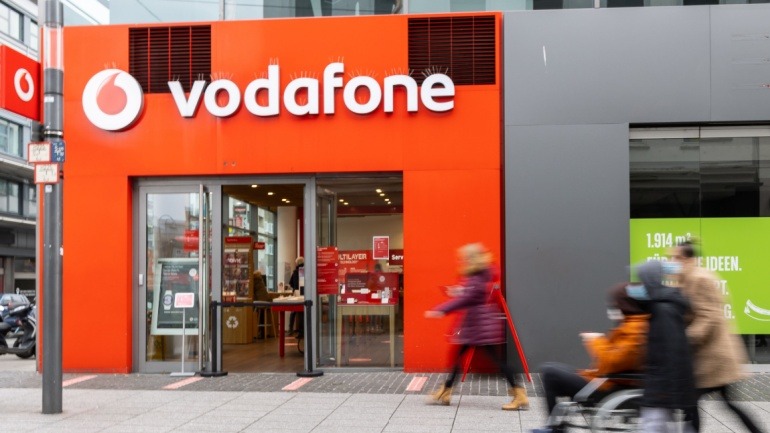In collaboration with the i2CAT Foundation, Vodafone is advancing an automated multi-vendor management system tailored for Open RAN. This initiative aims to streamline the integration of diverse hardware and software components from multiple vendors, a key feature of Open RAN technology.
The essence of Open RAN lies in its flexibility, allowing components to be sourced from various suppliers. However, a traditional single-vendor approach often ensures better integration, posing a challenge to Open RAN adoption. Vodafone, a strong advocate for Open RAN, is tackling this issue by leveraging AI to ensure seamless component interoperability and enhance cybersecurity measures.
Francisco Martin, Vodafone’s Head of Open RAN, emphasized that this partnership with i2CAT is crucial for delivering secure and reliable software-driven networks. Martin highlighted the system’s capability to automate tasks traditionally done manually, thus improving response times to network demands, optimizing energy use, and speeding up the rollout of new features.
Ana Moliner, i2CAT’s Director of Innovation Business Development for the Private Sector, noted that combining i2CAT’s research expertise with Vodafone’s deployment knowledge accelerates the development and adoption of innovative digital connectivity solutions. This collaboration aims to push the boundaries of connectivity and contribute to societal advancements.
The automated system will feature a unified multi-vendor dashboard, utilizing machine learning to analyze network logs from various vendors. This analysis will help diagnose and resolve issues swiftly and efficiently. According to Massimo Fatato, Head of Networks at NTT DATA UK&I, this development is vital for achieving Open RAN’s goals of interoperability and flexibility, and it supports Vodafone’s target of integrating Open RAN in 30% of its masts by 2030.
The project is based at Vodafone’s innovation center in Málaga, Spain. While the exact timeline for the system’s full implementation remains uncertain, Vodafone’s commitment to advancing Open RAN technology demonstrates their leadership in evolving telecommunications infrastructure.







